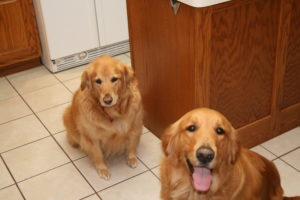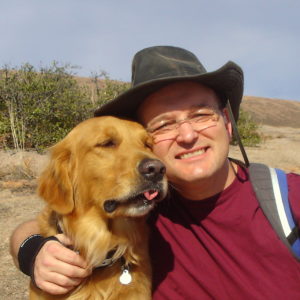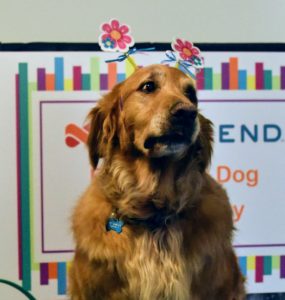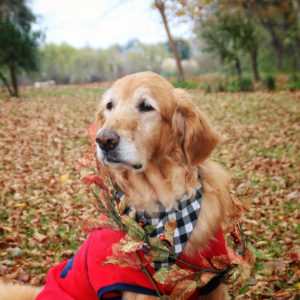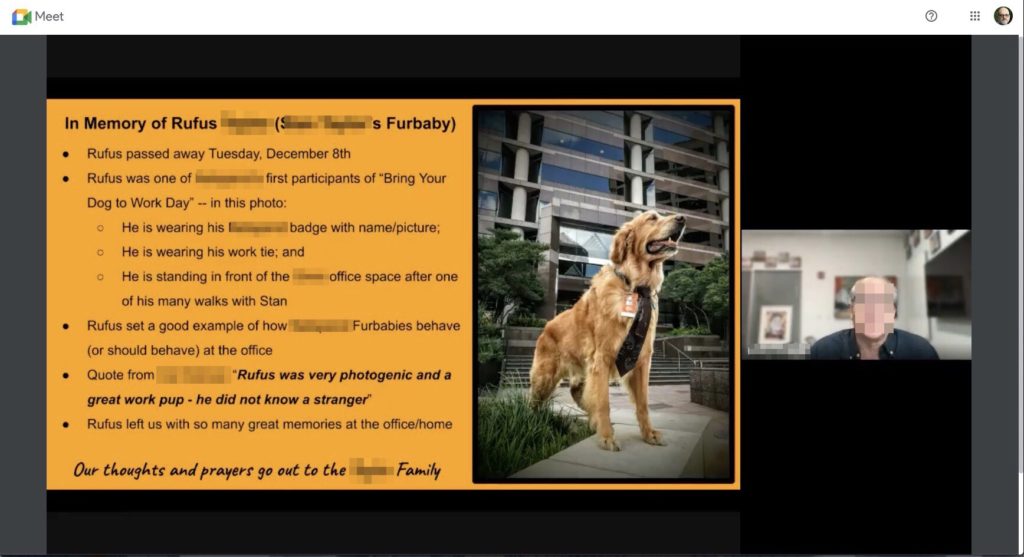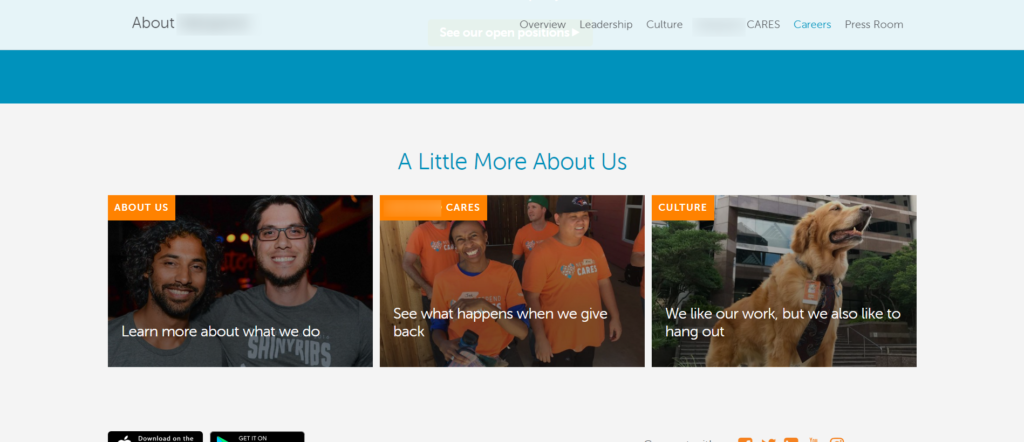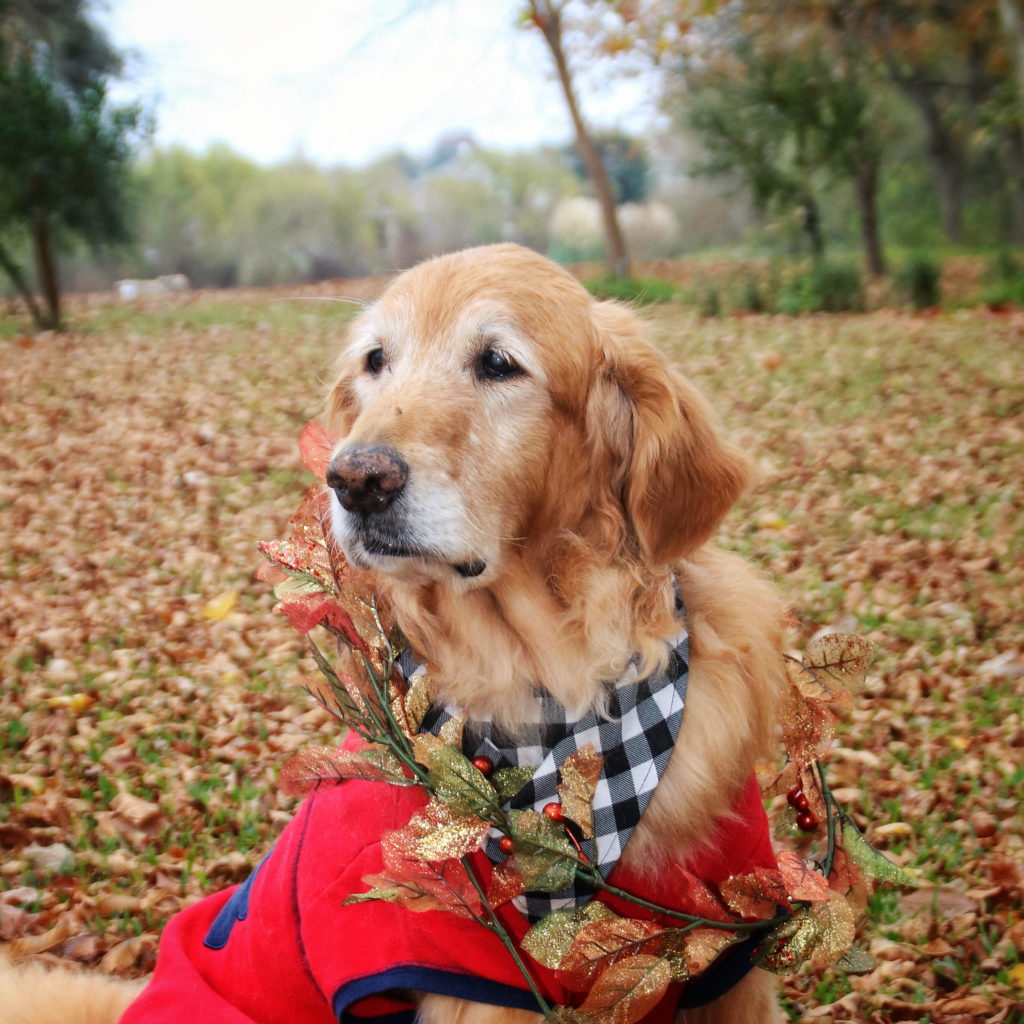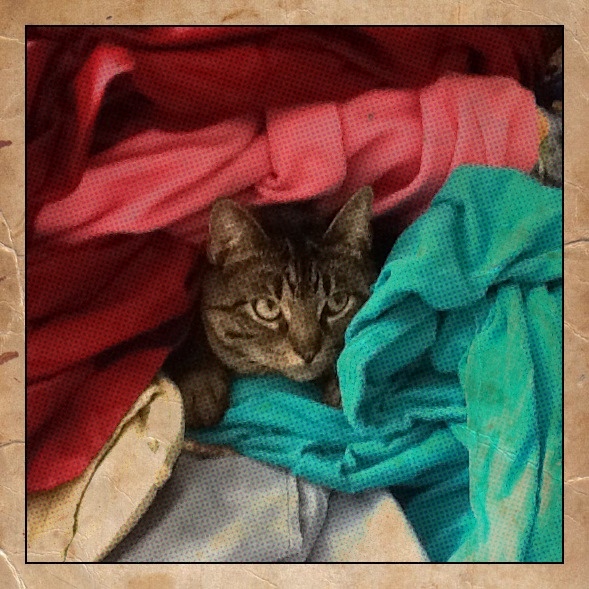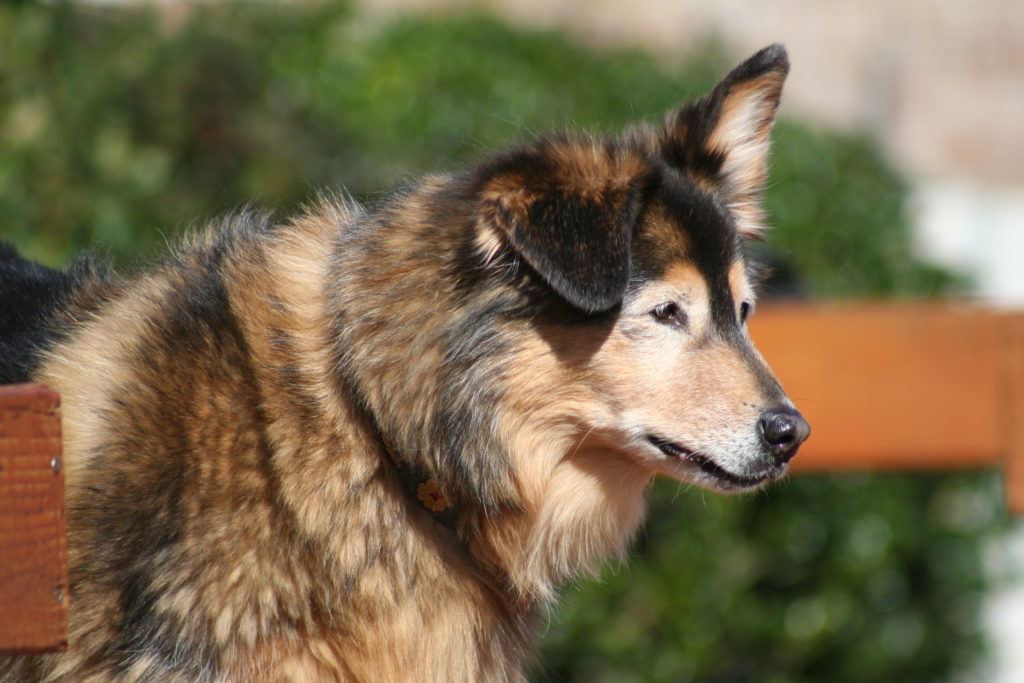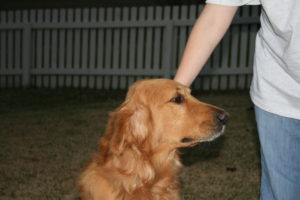 I’ve had a number of dogs over the course of my adult life, and I loved each one in its own way, but Rufus stands out among them for his gentle ways.
I’ve had a number of dogs over the course of my adult life, and I loved each one in its own way, but Rufus stands out among them for his gentle ways.
We spent Christmas day, 2008, in San Antonio at Katie’s aunt’s house. Dinner and dessert were over, and several of us were standing in the driveway watching Samuel try out his new skateboard. A big male Golden Retriever trotted up and greeted each of us. We looked for a collar and tags to no avail. We took him in the house and asked Katie’s aunt if she recognized him. She didn’t. At the end of the evening, we had a minor disagreement about whether Katie’s cousin and her husband would take the dog back to their home in East Texas or we would take him home to Pflugerville. We prevailed; I think we were a little pushy about it.
We put ads out for him, but nobody claimed him. We took him to the vet and found out that he was heartworm-positive, which is not uncommon in our area if a dog doesn’t take regular heartworm medication. He became our dog.
Here he is the next day at home with our other Golden at the time, Xena:
And here he is with me at Enchanted Rock on January 1, 2009:
In 2014, I started working for a company that had quarterly Bring-your-dog-to-work days, and Rufus became a familiar face around the office. At one of his visits, he met a coworker who had just arrived in Austin from New Delhi, India. In India, few people have pet dogs and there are many street dogs that you don’t want to get near, so this guy had never actually petted a dog before. With the help of a very good friend who worked with me, this guy spent 30 minutes on the floor of the office petting Rufus. Another coworker was afraid of dogs but Rufus was the only one she would get near. Both of these stories show his gentleness and trustworthiness.
By 2019, Rufus was getting on in years, and the last BYDTW day of that year was pretty rough on him: the relative unfamiliarity of the surroundings, being out all day, having to walk on slick floors in the building lobby and elevator–his hips were getting weak by this point. I told our HR person who administered the BYDTW days that that had probably been his last visit to the office. She asked me if he could possibly make it one more time and suggested that we make the theme of the next BYDTW day “Rufus Retirement.” I agreed, and everyone at the office and at home was thrilled.
The next BYDTW day was scheduled for late March, 2020, but the pandemic hit, and we all started working from home. Rufus never got his retirement party; one more sacrifice to the COVID-19 pandemic.
Rufus developed cancer in his leg in 2020, and after a couple of surgeries to remove it, he died in December of that year. We captured this magnificent portrait of him in the greenbelt behind the house a couple of weeks before his death:
At the next company all-hands meeting after Rufus’ death, the President of the company paid his respects to Rufus and what he had done for the company and its employees:
At some point, the marketing team used that magnificent photo on the company’s “About” page as the symbol for company culture, and though I no longer work for this employer, Rufus’s photo is still there:
